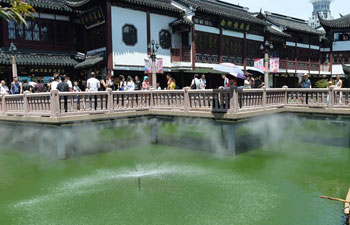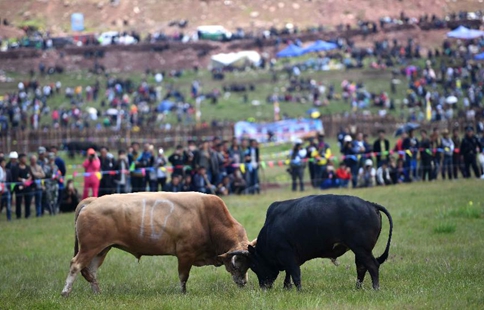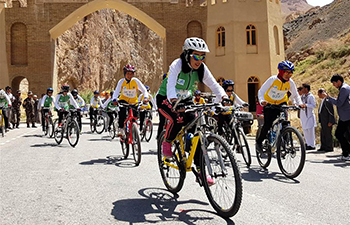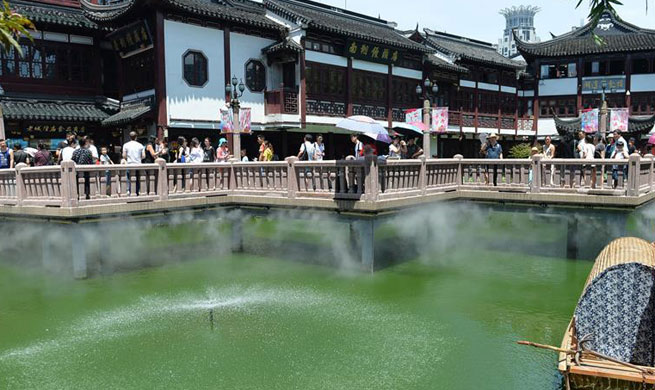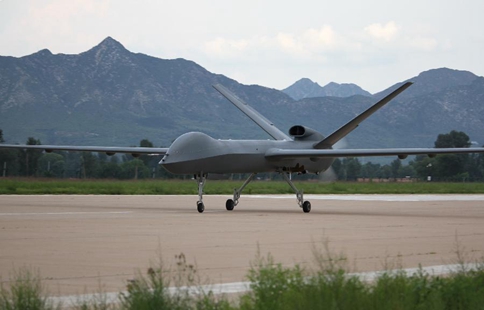SAN FRANCISCO, July 17 (Xinhua) -- A new analysis has projected that risks for water conflict will increase over the next 15 to 30 years in four hotspot regions, namely the Middle East, Central Asia, the Ganges-Brahmaputra-Meghna basin, and the Orange and Limpopo basins in southern Africa.
Published in the journal Global Environmental Change, a peer-reviewed academic journal covering research on environmental change, the analysis addresses the reality that while more than 1,400 new dams or water diversion projects are planned or already under construction, many of them are on rivers flowing through multiple nations, fueling the potential for increased water conflict between some countries.
As part of the United Nations' Transboundary Waters Assessment Program, and with the participation of researchers from the United States, Spain and Chile, the river basins study uses a comprehensive combination of social, economic, political and environmental factors to identify areas around the world most at-risk for what it calls "hydro-political" strife.
"If two countries have agreed on water flow and distribution when there's a dam upstream, there usually is no conflict," said Eric Sproles, an Oregon State University (OSU) hydrologist and a co-author on the study.
"Unfortunately, that isn't the case with many other river systems, where a variety of factors come into play, including strong nationalism, political contentiousness, and drought or shifting climate conditions," Sproles said.
The Nile River in Africa, much of southern Asia, the Balkans in southeastern Europe, and upper South America are all areas where new dams are under construction and neighboring countries face increasing water demand, may lack workable treaties or have not even discussed the issue.
Asia has the highest number of dams proposed or under construction on transboundary basins of any continent with 807, followed by South America, 354; Europe, 148; Africa, 99; and North America, 8. However, Africa has a higher level of hydro-political tension, according to the researchers, with more exacerbating factors.
The Nile River, for example, is one of the more contentious areas of the globe. Ethiopia is constructing several dams on tributaries of the Nile in its uplands, which will divert water from countries downstream, including Egypt. Contributing to the tension is drought and a growing population more dependent on a water source that may be diminishing.
"When you look at a region, the first thing you try to identify is whether there is a treaty and, if so, is it one that works for all parties and is flexible enough to withstand change," Sproles was quoted as explaining in a news release from OSU on Monday.
"It's easy to plan for water if it is the same every year -- sometimes even when it's low. When conditions vary -- and drought is a key factor -- the tension tends to increase and conflict is more likely to occur."
The conflict isn't restricted to human consumption, the researchers noted. There is a global threat to biodiversity in many of the world's river systems, and the risk of species extinction is moderate to very high in 70 percent of the area of transboundary river basins. And other factors leading to conflict include political and economic instability, and armed conflict, the analysis showed.




